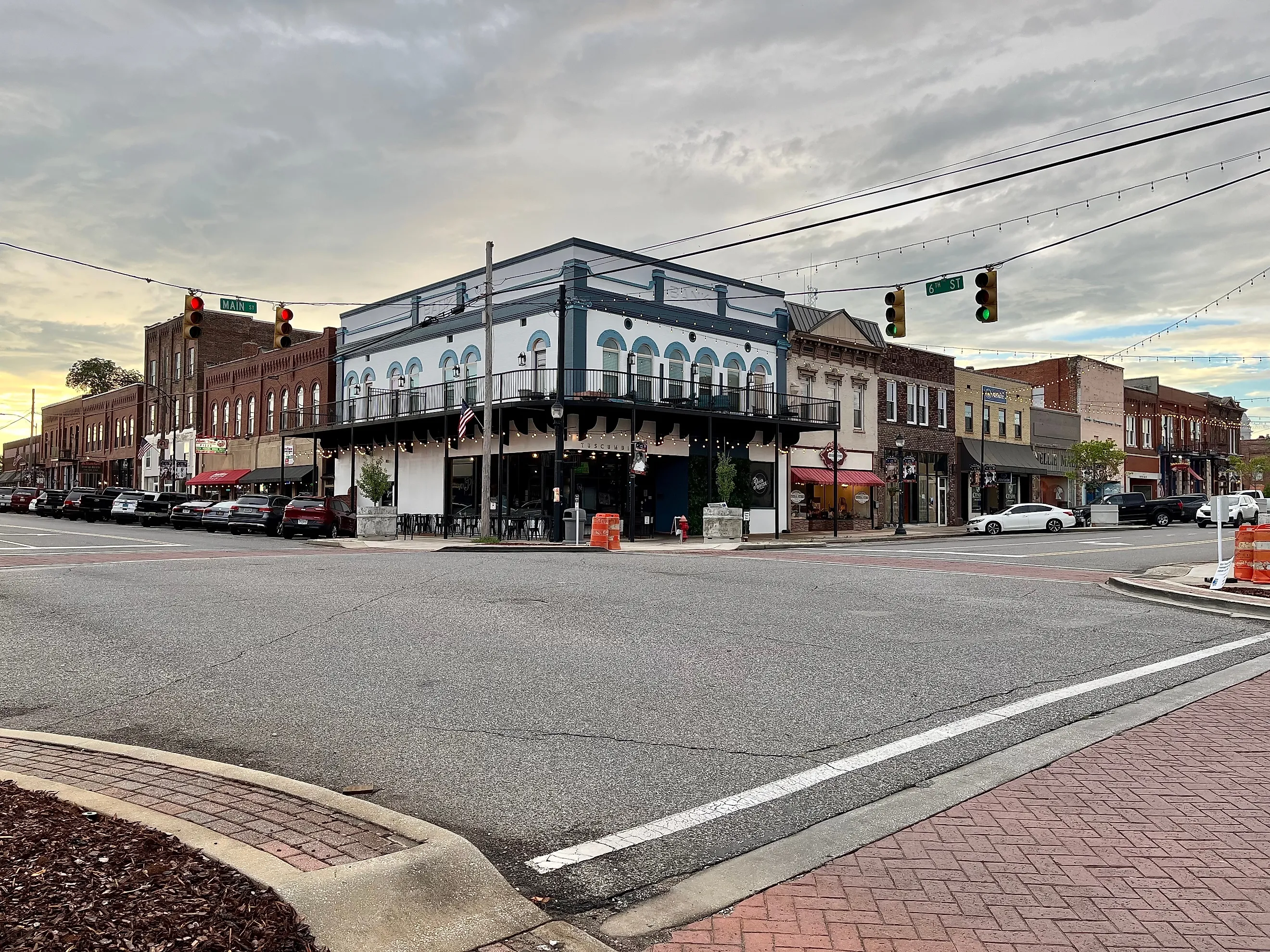
9 Most Historic Small Towns to Visit in Alabama
The Cotton State, Alabama, is famous for its rich historical heritage intertwined with the American Revolutionary War and the American Civil Rights Movement. Spread across its beautiful territory is a charming mix of small towns harboring the state’s true heart and soul. Promising an immersive journey back in time, these lovely locations predispose visitors to rare historic sites and landmarks along with exciting experiences through local vibrance. Touring them is an opportunity to spend quality time exploring some of the state's most historic hamlets by wandering main streets lined with well-preserved structures that instill visions of bygone eras. Visitors can immerse themselves in the historical ambiance and get a unique perspective of the people and events that shaped these historic small towns to visit in Alabama.
Fort Payne
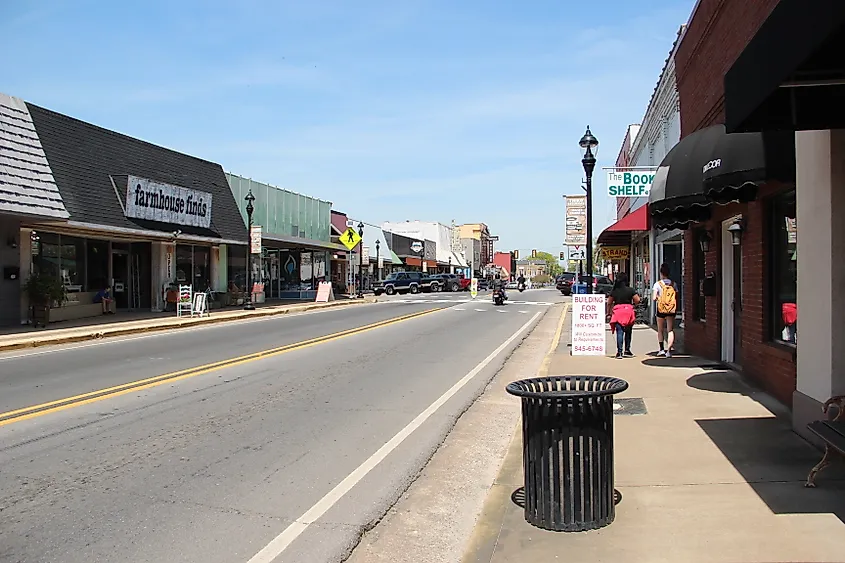
This small northeastern Alabama community is known for its rich and captivating historical heritage, having evolved through various phases throughout its existence. Fort Payne's exciting beginnings date back many centuries when the Cherokee Nation occupied the town, whose forceful eviction resulted in the infamous Trail of Tears. The town's history comes to life in its quaint downtown through an exciting mix of sites and landmarks. At the Fort Payne Depot Museum, visitors can explore various 19th-century exhibits in a historic rail depot. Meanwhile, the Fort Payne Hosiery Museum takes you back to the town's industrial phase when it was considered the "Sock Capital Of The World."
The Fort Payne Opera House is another must-visit downtown location. Built in 1889 during the silent movie era, the institution continues entertaining audiences with enthralling stage performances. Beyond its history, Fort Payne boasts stunning outdoor scenery visitors can discover with a trip to DeSoto State Park.
Moundville
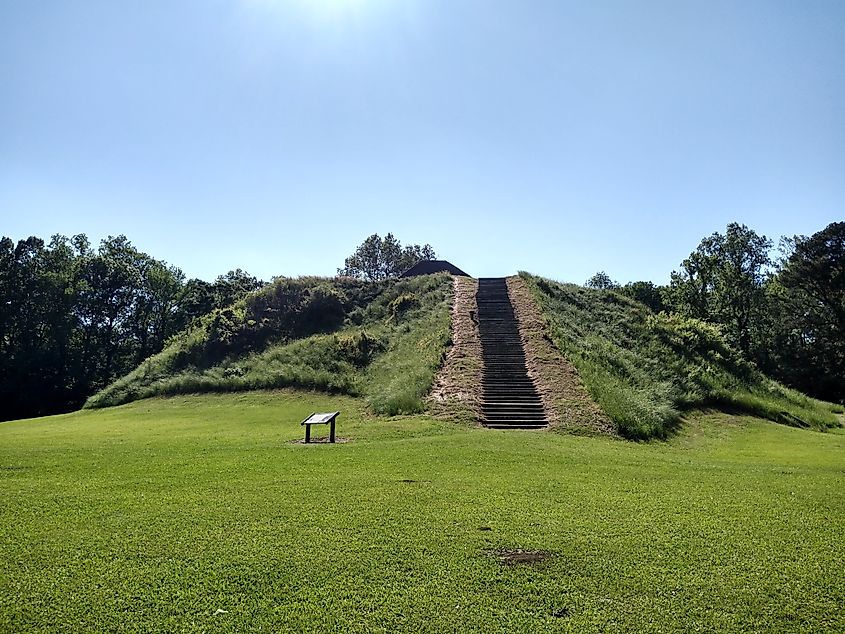
Moundville, a town in Hale and Tuscaloosa counties, is home to the famed Moundville Archaeological Park, which National Geographic christened "The Big Apple of the 14th Century," hinting at its vital place in the history of the United States. During its heyday, the Moundville Archaeological Park hosted a vibrant prehistoric community, the largest city north of Mexico at the time. This popular tourist spot is filled with rare artifacts and folklore, offering a window into age-old Native American tribe days. The Mound State Monument Museum also preserves archeological treasures that take visitors back to when Indians inhabited the territory.
When not immersed in local history, tourists will be glad to explore the beautiful natural scenery surrounding Moundville. Payne Lake Recreation Area presents the best of the town's nature spots, providing outdoor opportunities for picnickers, campers, hikers, and nature photographers.
Tallassee
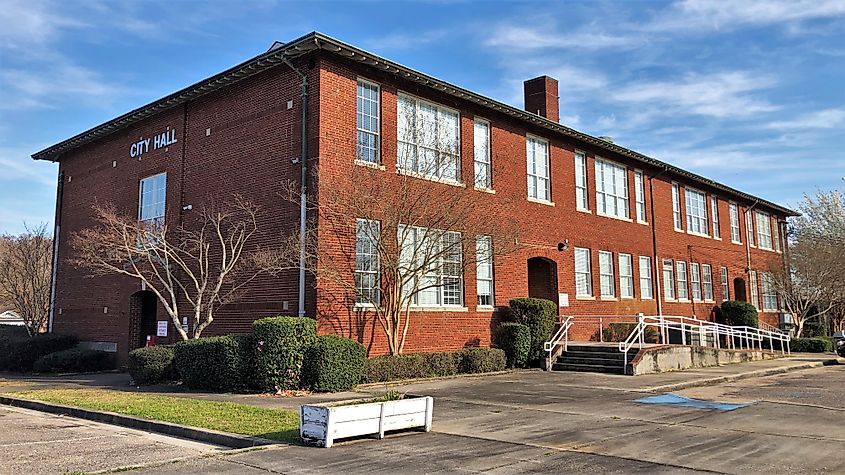
Incorporated in 1835, Tallassee's colorful historical portfolio involves active roles in the American Civil War and Creek War. Visitors can get a feel for this war heritage at the Tallassee Confederate Armory, which dates back to the 1860s and is the only Confederate armory to remain standing after the Civil War. Tourists who prefer the outdoors can visit the Tallassee Ball Park for a laid-back stroll through its maze of wooded trails. But if you want something more adventurous, Monster Mountain MX Park excites spectators with riveting motocross action on a dirt track.
Art lovers and enthusiasts will feel at home exploring Red Hill Gallery. This quaint art center exhibits pieces by different regional artists, inviting tourists to admire and buy them to support the local arts community.
Athens
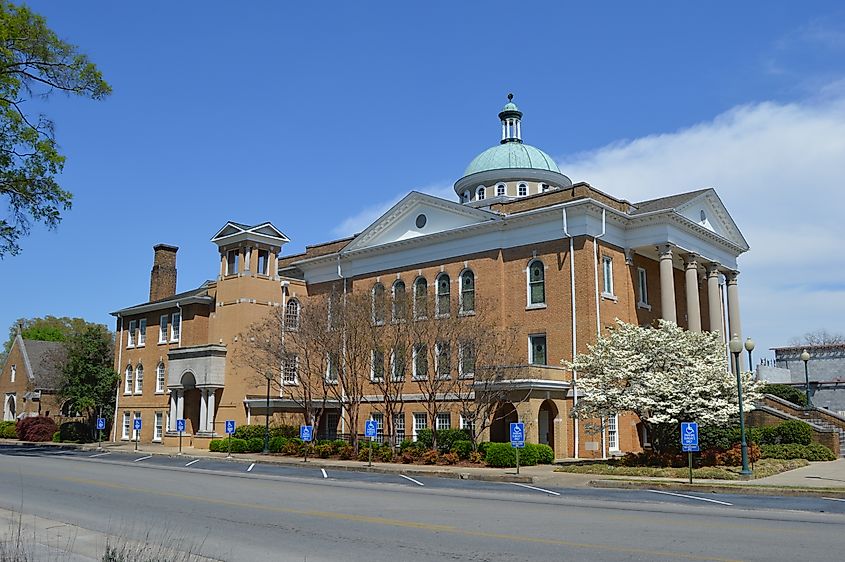
Tracing its incorporation to 1818, Athens is one of the most historic small towns in Alabama. The town has a lovely downtown region hosting a selection of sites and landmarks to show for its storied heritage. The Alabama Veteran's Museum exposes visitors to the United States military history with a collection of archives and artifacts. Visitors can get a vivid look into Athen's history by touring Robert Donnell House, a historic home constructed in 1840, hosting several period artifacts and furnishings.
Apart from the historical landmarks, one of the best visitor experiences involves shopping at the Athens Farmers Market. Here, besides sampling fresh farm produce and unique local crafts, newcomers can interact friendly with townsfolk and learn about their culture. As the day ends, visitors can relax with a drink at The Salty Cod, a bustling local pub.
Tuscumbia
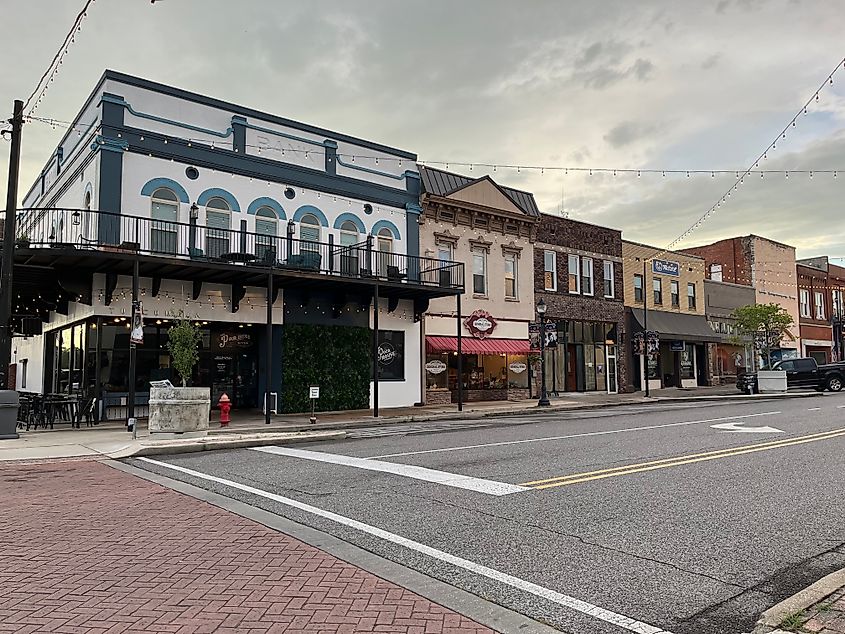
Tuscumbia's claim to fame is the birthplace of Helen Keller, who resided at Ivy Green. The town immortalizes its famous daughter at the Helen Keller Birthplace Museum, an 1820s structure and childhood home of the iconic figure. Touring the venue reveals rare artifacts that tell the inspiring story of Helen Keller. Tuscumbia is notably home to the Alabama Music Hall of Fame. This magnificent facility showcases Alabama's rich historical heritage and honors some of the most famous names to have come out of Alabama using memorabilia and recorded studio sessions.
Outdoor lovers have an underrated gem to discover in Tuscumbia. Tuscumbia Spring Park is a picturesque natural oasis with a tranquil setting and a gorgeous artificial waterfall ideal for picnics. It also harbors beautiful ponds with fountains, adding to this delightful location's experience.
Selma
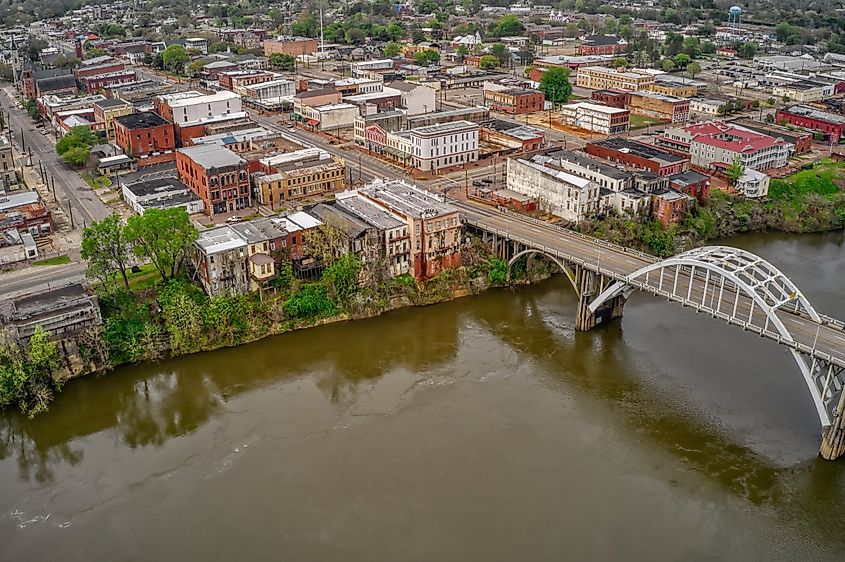
The unique aspect of this tiny Dallas County village is the 80% African-American population. This is a beneficial reminder of its Civil Rights heritage, highlighted by the Selma Voting Rights Movement and Selma to Montgomery Marches in the 1960s. You can learn more about this at the National Voting Rights Museum and Institute. Inside, you'll find a decent collection of artifacts documenting African-American voting rights and women's struggle at the time. Another notable landmark worth visiting is Edmund Pettus Bridge, a stark reminder of the Bloody Sunday civil rights conflict from 1965.
Sturdivant Hall Museum presents more history to uncover, which impresses with its stunning Greek Revival facade and rare artifacts. The same applies to the Old Depot Museum, which preserves Selma's railway heritage inside a 19th-century train depot.
Eufaula
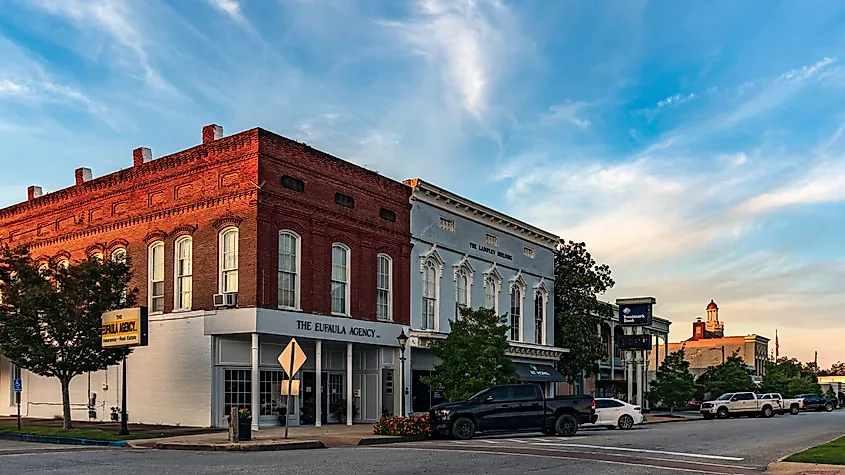
Stunning nature meets captivating history in this adorable Barbour County village. Eufaula has been around for almost two centuries, as evidenced by its historic downtown district, most of which is listed on the National Register of Historic Places. The neighborhood houses a treasure trove of historical buildings spanning 20 blocks, including the Shorter Mansion. This Classic Revival mansion was constructed in 1884 and delights with its detailed architectural technique. Meanwhile, Fendall Museum represents the perfect example of Italianate in Eufaula, spotting a unique wood-frame structure with intimate decor.
Eufaula provides exciting opportunities, manifested at the Lakepoint State Park. This sprawling reserve is ideal for fishing, boating, sightseeing, and wildlife watching. More such opportunities await at the Eufaula National Wildlife Refuge.
Childersburg
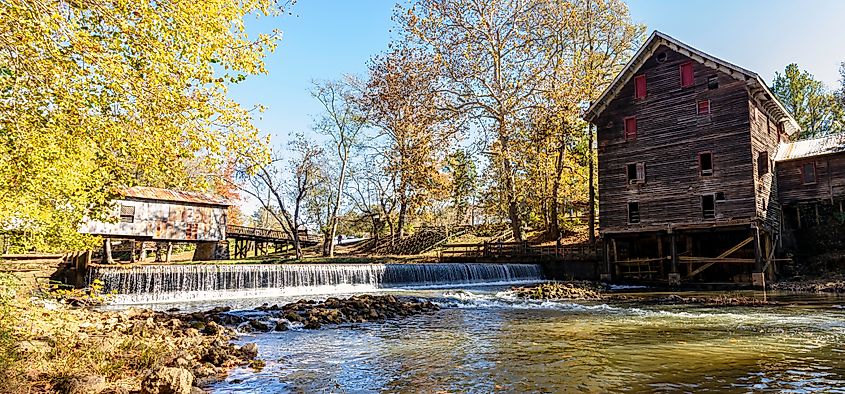
This quiet Talladega County community has a colorful heritage from the 1500s when the Coosa Nation inhabited the town. A popular escape from neighboring Birmingham, exploring the town reveals a fair share of historical landmarks worth checking out. Among these highlights is Kymulga Grist Mill Park, which hosts a postcard-worthy covered bridge that is the oldest in Alabama. The Butler-Harris Rainwater Museum is also home to delightful historical landmarks offering a window into Victorian-era Childersburg.
While immersing yourself in local history, you can visit Sweet Pickins' Antique Mall to find a cute vintage souvenir to take back home. Finally, visitors should take advantage of the exciting underground experience of the Majestic Caverns.
Tuskegee
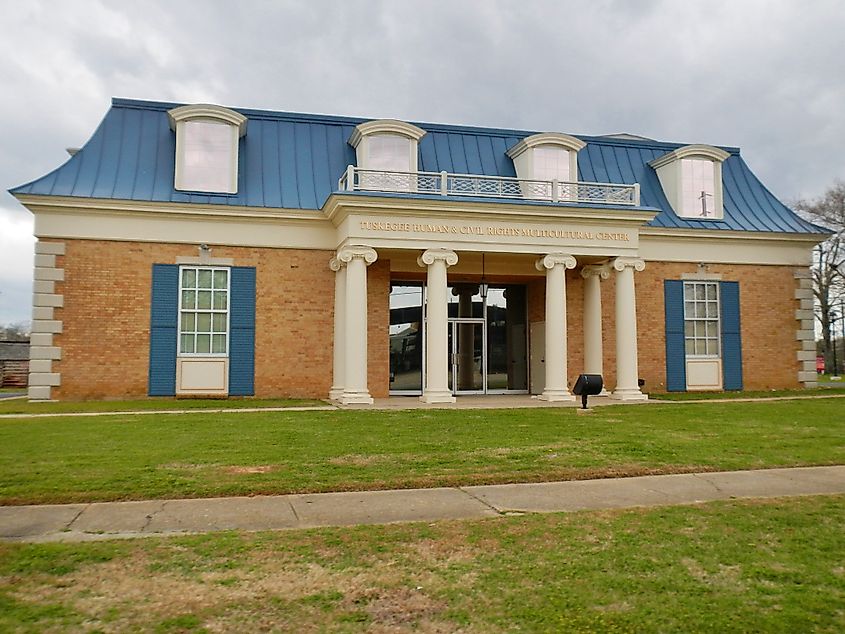
Tuskegee is historically famous for the Tuskegee Airmen and has a rich heritage centered around African American education. This town is home to Tuskegee University, a historically higher education hub listed in the National Register of Historic Places. Tuskegee is jam-packed with sites and landmarks documenting its distant past. At the Tuskegee Airmen National Historic Site, guests can learn about the legend of the gallant World War 2 African-American soldiers. Meanwhile, the Tuskegee Human & Civil Rights Multicultural Center focuses on the region's civil rights struggle.
Another must-visit site is the Tuskegee Institute National Historic Site, founded in 1881 by Booker T. Washington to become a heralded institution that carved the path for African American education. Lastly, those looking for a break from the monotony can head outdoors to explore the dense wilderness of Tuskegee National Forest.
Final Thought
The most historic towns to visit in Alabama offer a unique portal to the past. Wandering streets lined with architectural gems and contemporary attractions that bring that history to life allow visitors to imagine previous eras. Interacting with proud local communities provides invaluable cultural insights that still shape the region today. By experiencing the heart and soul of these destinations, one gains a deeper appreciation for Alabama's roots and the resilient spirit of its people. Their preservation ensures future generations can likewise appreciate the history that unfolds across this scenically beautiful state.











